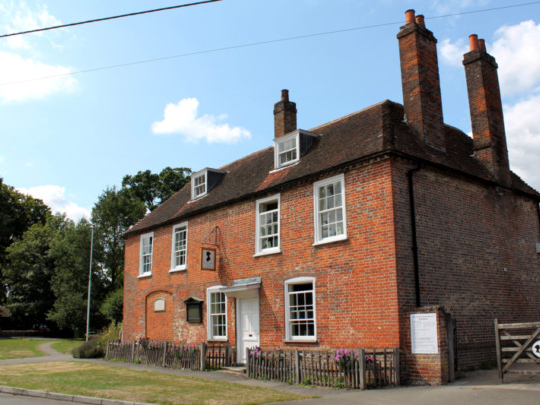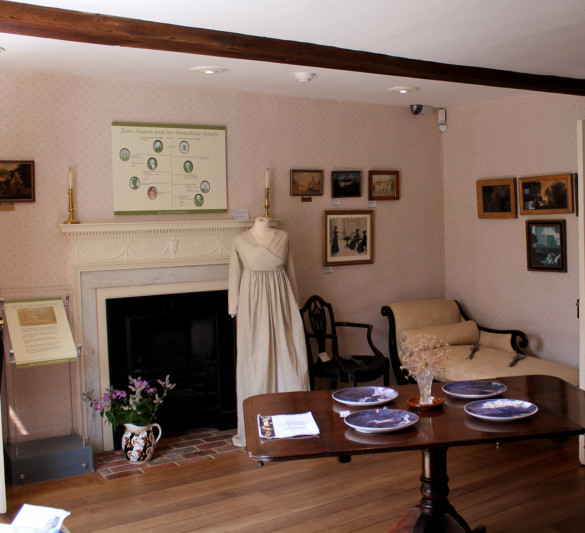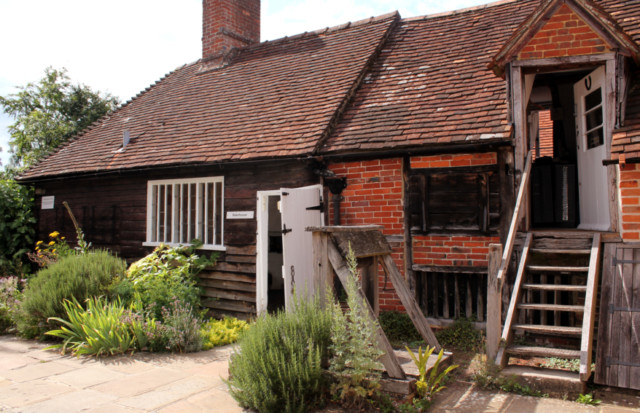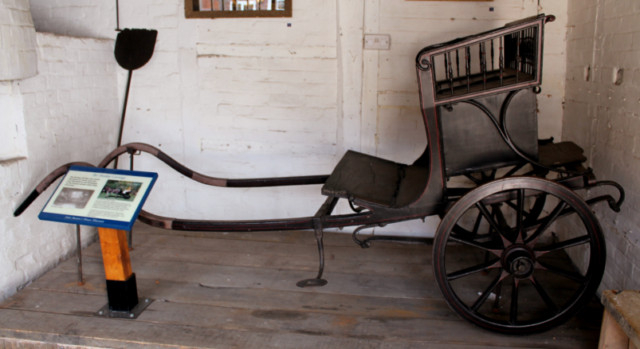
On Thursday, July 24, 1817, a small procession entered the north aisle of Winchester Cathedral. They were the three brothers and a nephew — the only family Jane Austen had at her funeral.
It was not customary for women to attend, so her sister Cassandra, her closest “companion” and in whose arms she had died about a week ago, remained at an upstairs window in nearby College Street. By 10, before morning service began, it was all over. Jane Austen was buried much the same way she lived, quietly, largely unknown as an author beyond a small circle of friends and close family.
Fast forward nearly 200 years. It is the summer of 2013. The Bank of England has made her the next face of the £10 bank notes replacing Charles Darwin. The British Government is scurrying to put a temporary export ban on her gold and turquoise ring, after it was bought for £152,450 (Dh879,728), five times its guide price at an auction by a young American pop idol. The Jane Austen Museum has launched a major funding appeal for the ring, which attracted a single anonymous donation of £100,000 within hours of going online.
In short, it is an absolute frenzy. A far cry from 1797, when her father’s first attempt at getting her novel First Impressions published, fell at the first hurdle when a London bookseller sent it back by return post. It was published 16 years later after a few revisions and a change of name — Pride and Prejudice. This year marks its 200th anniversary.
The Jane Austen Centre on Gay Street is only a few doors away from where she lived and where I caught a permanent exhibition of her time in Bath through contemporary exhibits, costumes, maps and books.
Today, everyone seems to want a piece of Jane, and most of all the city of Bath. The city where she spent five unhappy and unproductive years, moving between several addresses and finally leaving for good after the death of her father, features prominently in her two novels, Northanger Abbey and Persuasion.
In Jane’s time, Regency Bath was the place “to see and be seen”. Promenading along the Royal Crescent, afternoon tea in the Assembly Rooms and perhaps an evening ball to catch the eye of an eligible suitor and “taking the waters” in the Pump Room, were among the most fashionable of pastimes with the young who thronged the city in “season”. Well, judging by the annual tourist footfall today, they still are, although we can’t guarantee “an eligible suitor”.
The tourist office even offers a free MP3 walking guide of Jane’s Bath (www.visitbath.co.uk/janeausten/audio-tour). Just download the tour on your phone and turn right on the gravel walk in Lover’s Lane. You will never look back.
But if it is an “intimate” Jane you are after, a peep into her daily chores — a little piano in the morning, writing after breakfast, a walk after lunch and some needlework in the evening — then head to the village of Chawton in Hampshire.
There in the former bailiff’s cottage, where she spent the last eight years of her life, with her mother, sister and a close friend Martha Lloyd, you get a feel of what it was “Becoming Jane”.
I stood by her bedroom window and looked out into the courtyard to the Old Bakehouse, browsed through some family recipes and was quietly taken aback by the beauty and simplicity of a patchwork quilt she had stitched out of end cuts of dresses exchanged between family and friends.
You can even pull out little drawers with locks of her hair and peer curiously at her gold and topaz cross and beaded bracelet. And you can see Jane’s writing table, a small diamond-shaped wooden table by a roadside window in the dining room where she wrote and rewrote all her works. On Jane’s death, her mother gave her table away to an old servant of the household, for his cottage. It is now back to where it belonged.
Jane loved and thrived around the English countryside and she once described herself as a “desperate walker”. She never “travelled” very far, either in her novels or in life. Her writings appear a little untouched by wars raging in the continent or the Industrial Revolution at home. And if you were to drive today from Steventon, the village where she was born, to Winchester, where she lies buried, you can chart out her entire life in a day with pit stops at Lyme Regis, Bath, Southampton, Chawton, Reading, Oxford and Canterbury.
It is amazing that much of that “beloved countryside” still appears untouched by time. So, if you are a “desperate walker” in need of some fresh country air, you can literally step out in rural Hampshire and step into Jane Austen’s England.
— Swagata Ghosh is a former journalist who works at Bath Spa University, Department of Creative Writing and Publishing
Plan your trip with
1. Bath: Jane Austen Centre – www.janeausten.co.uk
2. Chawton: Jane Austen House Museum – www.jane-austen-house-museum.org.uk










